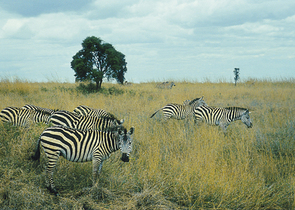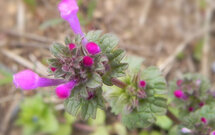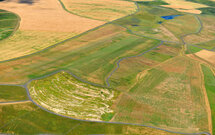Nature Conservation 3/2008 — 24. 6. 2008 — International Nature Conservation
Protected Areas: Has Quantity Been Transforming into Quality?
Přerůstá skutečně kvantita v kvalitu?

Protected areas have been, even in the rapidly changing world, an important tool for nature and landscape heritage management.
To conserve global biodiversity in the face of growing threats and with limited time and resources, conservationists must prioritize their efforts. At the end of 2007, the World Database on Protected Areas (WDPA) indicated that there were over 113,707 protected areas worldwide covering over 19.6 million sq km, over 13.2 % of the world's terrestrial area. Since 1993, the number of protected areas in the world had doubled, and their total size had increased by 60 per cent. The global gap analyses repeatedly identified inadequacies in the existing protected area network and priority locations for expanding biodiversity conservation. Yet, the existing system of protected areas worldwide is not comprehensive, and adequately representative of habitats, nor is extensive enough to maintain global biodiversity. Existing protected areas networks throughout the world contain a biased sample of biodiversity, usually that of remote places and other areas that are unsuitable for commercial activities. According to the latest assessments, management was considered to be sound in only about 20 per cent of sites and pronounced shortcomings had been noted in about 14 per cent. If a large proportion of global biodiversity is to exist to future of increasing numbers of people and their demands on natural resources, a more systematic approach to locating and designing protected areas will need to be implemented. At the same time, global conservation priorities should be identified based on the best science available.
Název připojené galerie
Quisque egestas velit non nulla fermentum, aliquet pharetra nunc malesuada. Nullam molestie vel diam non tincidunt. Sed pulvinar lacinia nunc et consectetur. Duis varius leo ac ex scelerisque, ullamcorper eleifend massa consectetur. Nullam in metus ac arcu pellentesque venenatis ac id lorem. Nulla nec ipsum sed enim sodales blandit a sit amet ex.





